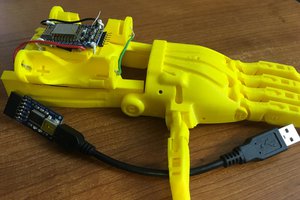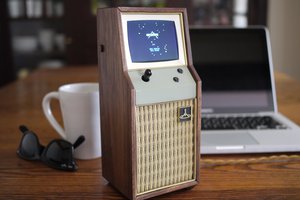The challenge is to replicate the findings and to demonstrate ultimate composite reinforcement and electrical conductivity enhancement in electrochemical cells.
These will be also applied to atmospheric ion collection as the extreme aspect ratio makes them better at the task than simple graphene.
The challenges being funding and a lack of the "proper" equipment, but as you can see below I will make do. The initial results are promising.
This documentation describes Open Hardware and is licensed under the
CERN OHL v. 1.2.
You may redistribute and modify this documentation under the terms of the
CERN OHL v.1.2. (http://ohwr.org/cernohl). This documentation is distributed
WITHOUT ANY EXPRESS OR IMPLIED WARRANTY, INCLUDING OF
MERCHANTABILITY, SATISFACTORY QUALITY AND FITNESS FOR A
PARTICULAR PURPOSE. Please see the CERN OHL v.1.2 for applicable
conditions
 MECHANICUS
MECHANICUS
 Les Hall
Les Hall
 Pocket Energy
Pocket Energy
 Aleksandar Bradic
Aleksandar Bradic
 Mike
Mike